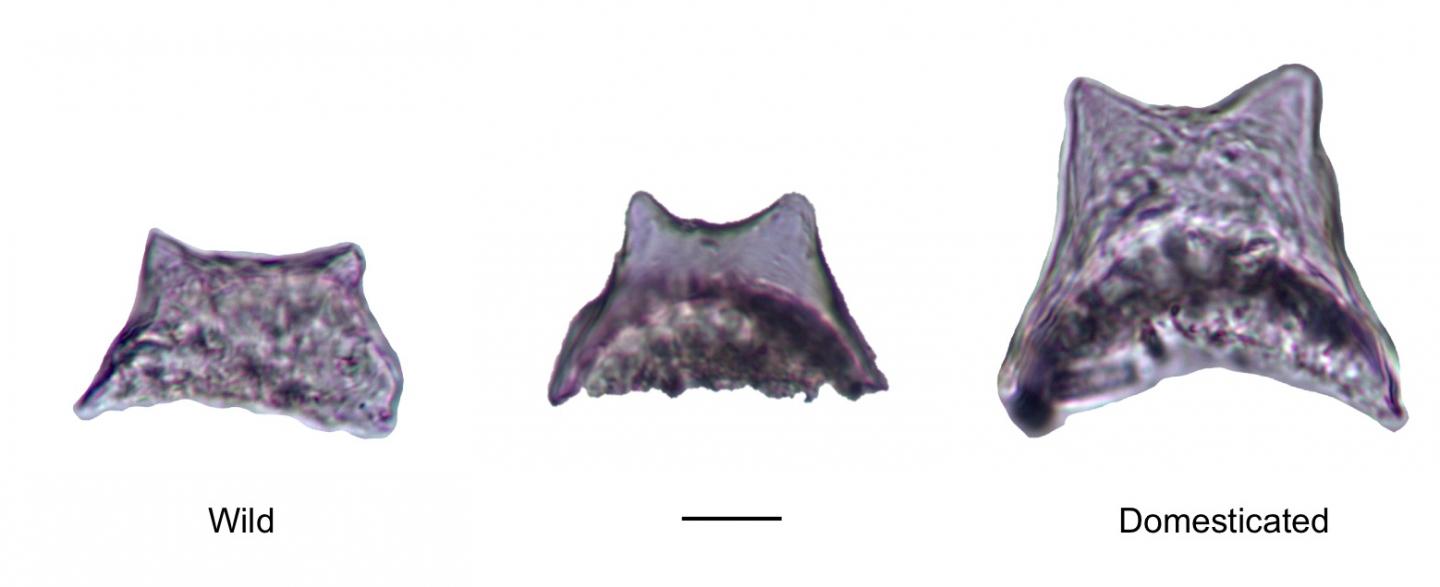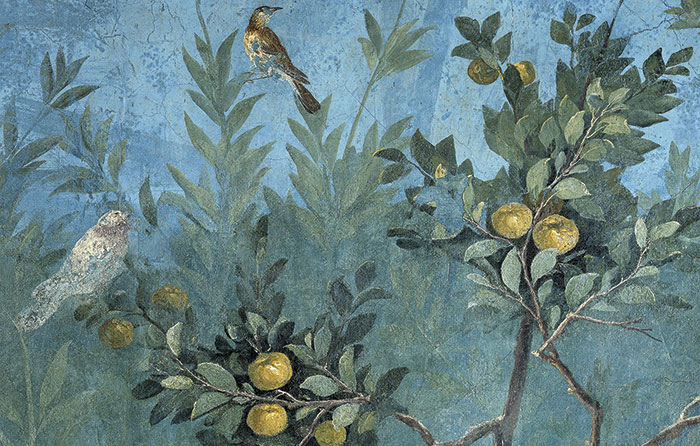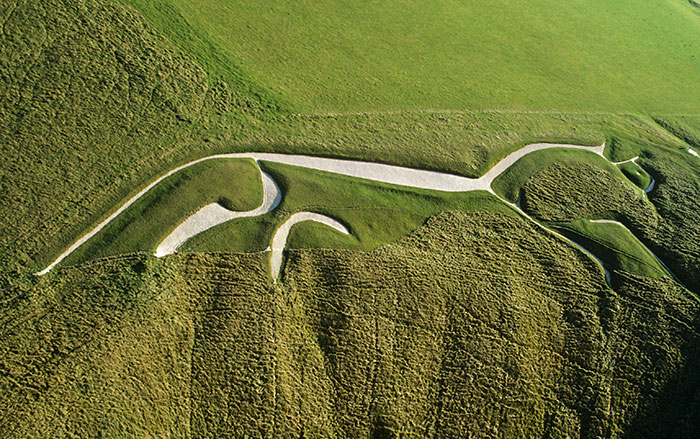
EXETER, ENGLAND—Rice was domesticated in South America’s wetlands at least 4,000 years ago, according to a report in Science Magazine. Archaeobotanist José Iriarte of the University of Exeter examined a collection of rice phytoliths, or bits of silica made by plant cells, from Monte Castelo, an archaeological site in Brazil’s southwestern Amazon basin inhabited for more than 9,000 years. The study suggests that as the rice grains grown by the people living at Monte Castelo increased in size over time, they played a larger role in the diet. Iriarte says the crop, grown at lake and river edges, would have ripened during the flooding season, when other food was scarce. Evidence of different species of domesticated rice has also been found near China’s Yangtze River and in West Africa. Rice is thought to have been domesticated in Asia some 11,000 years ago, and in West Africa about 2,000 years ago. For more, go to “Off the Grid: Rio de Janeiro, Brazil.”










